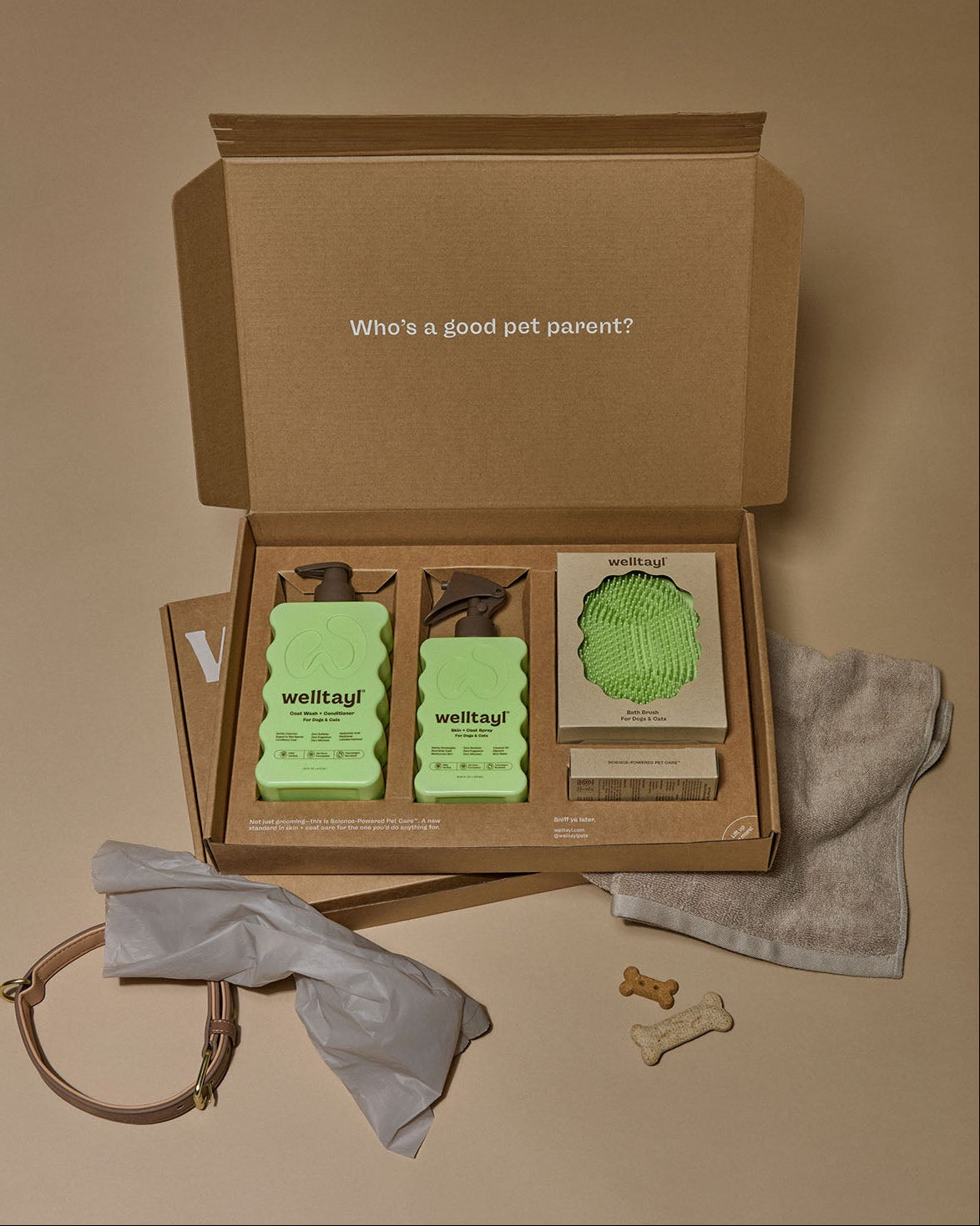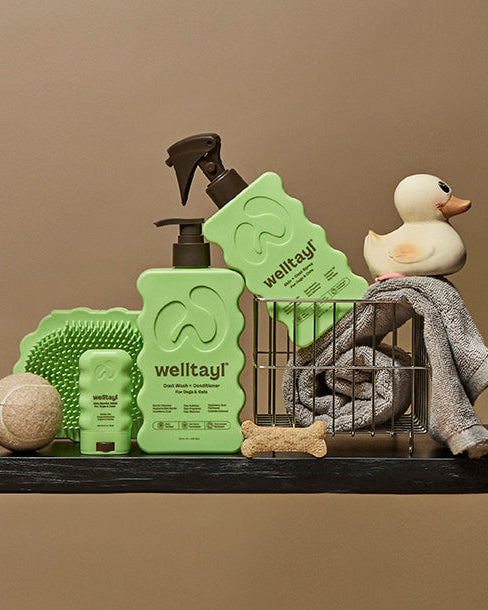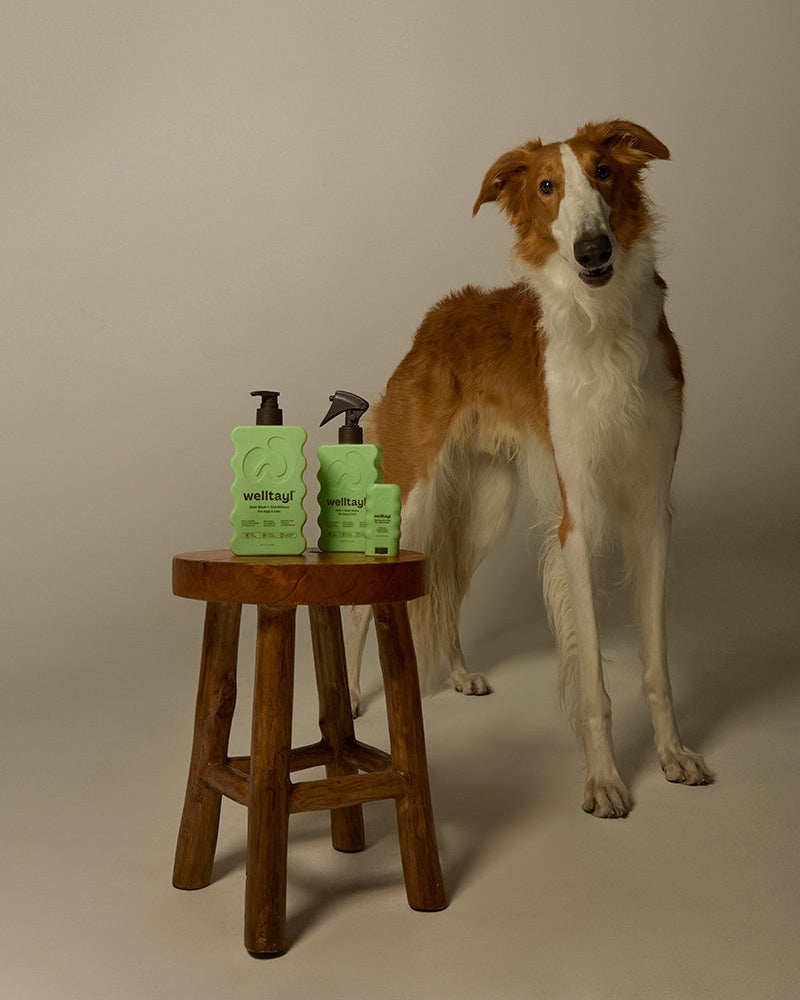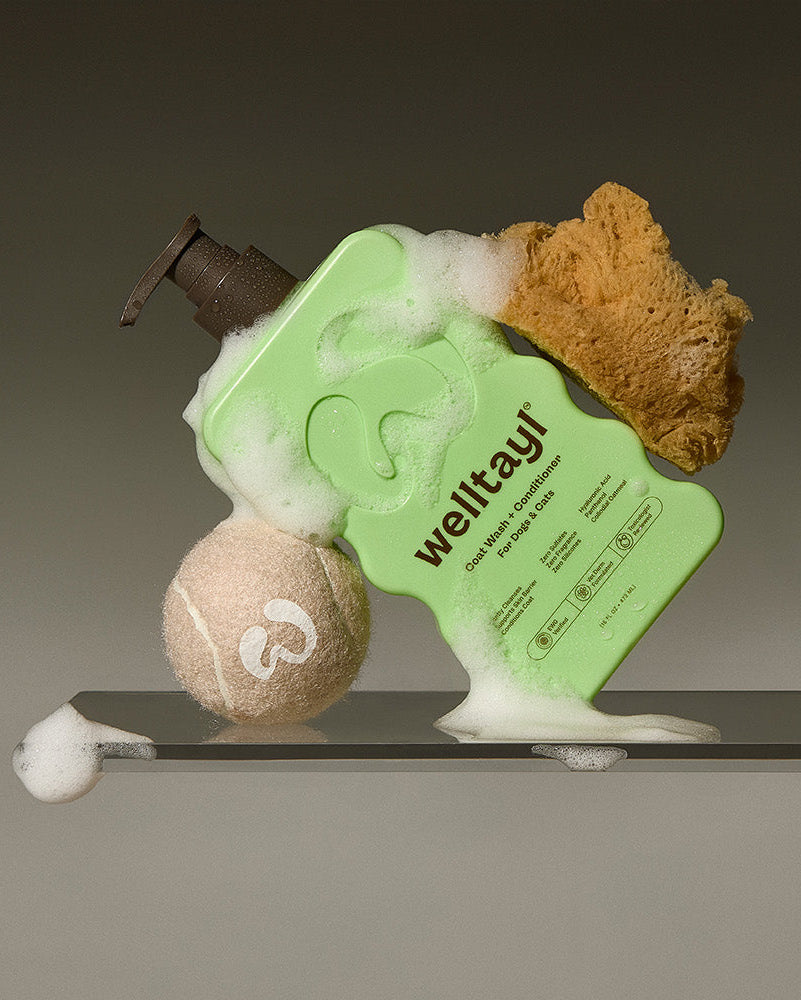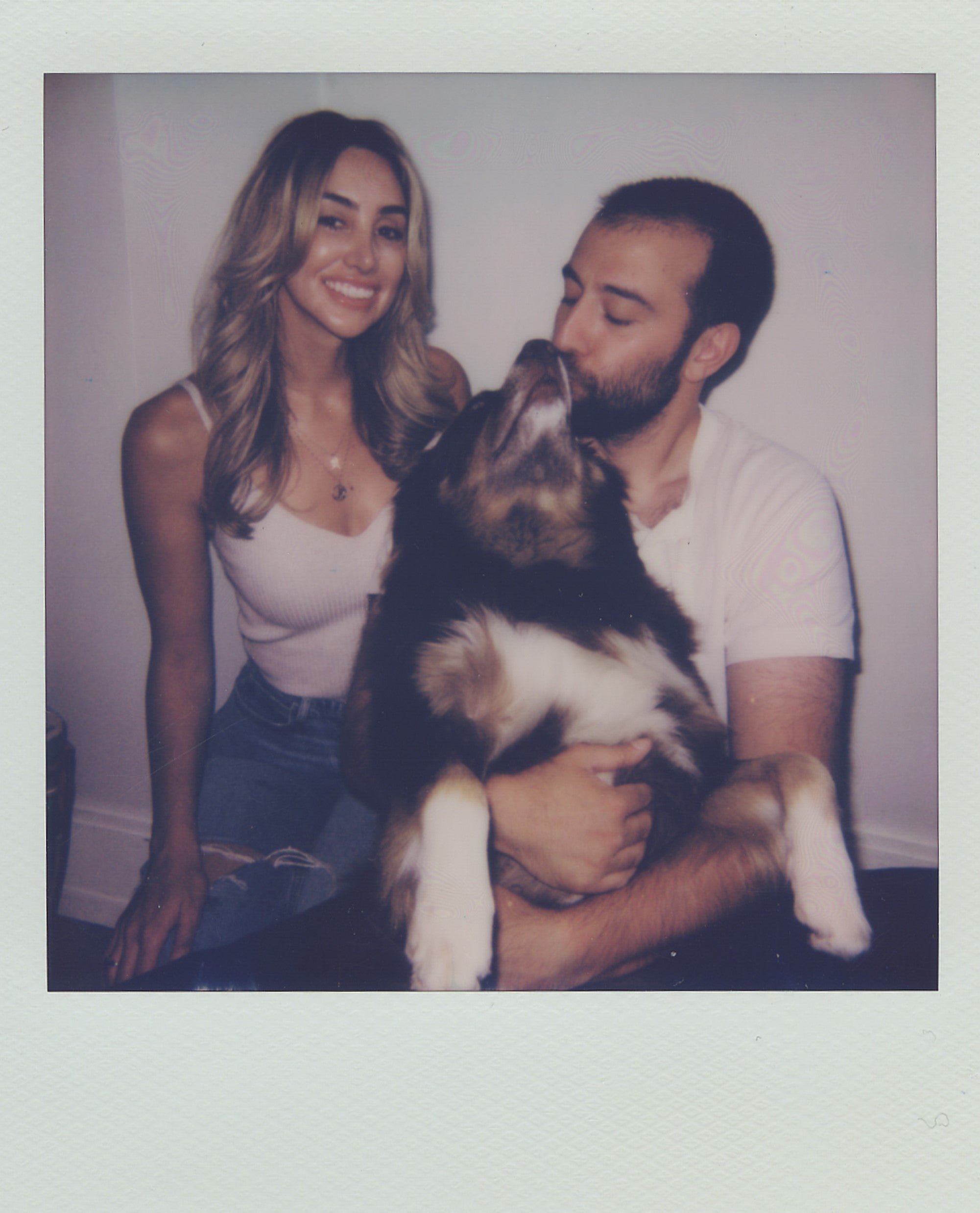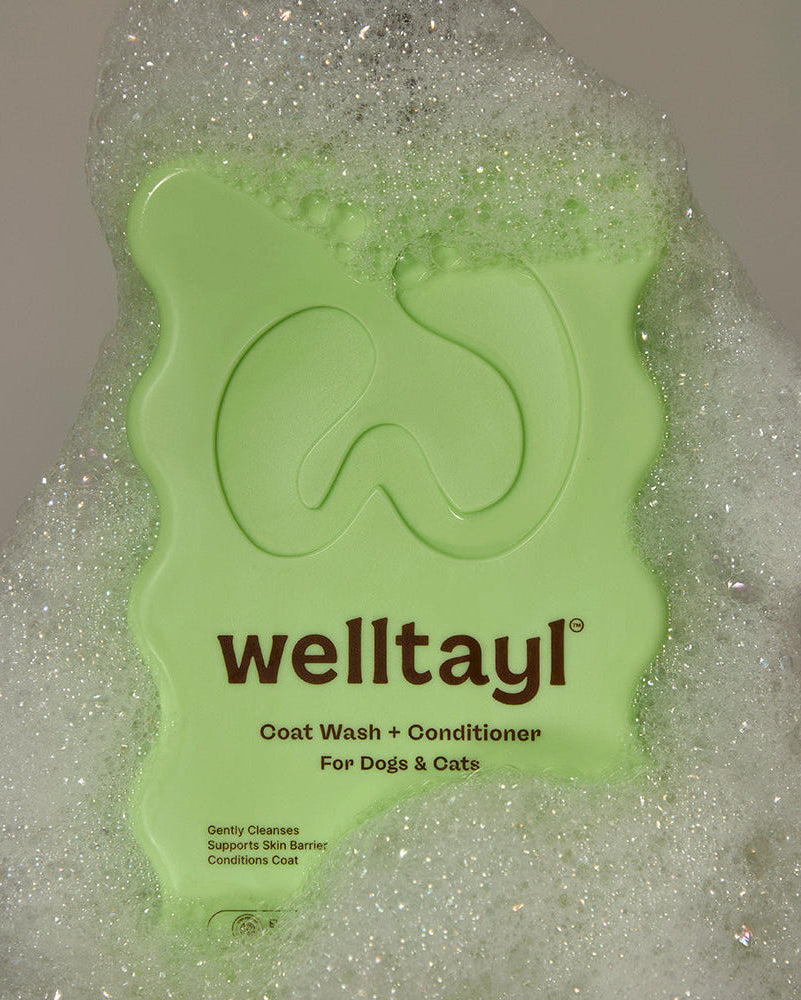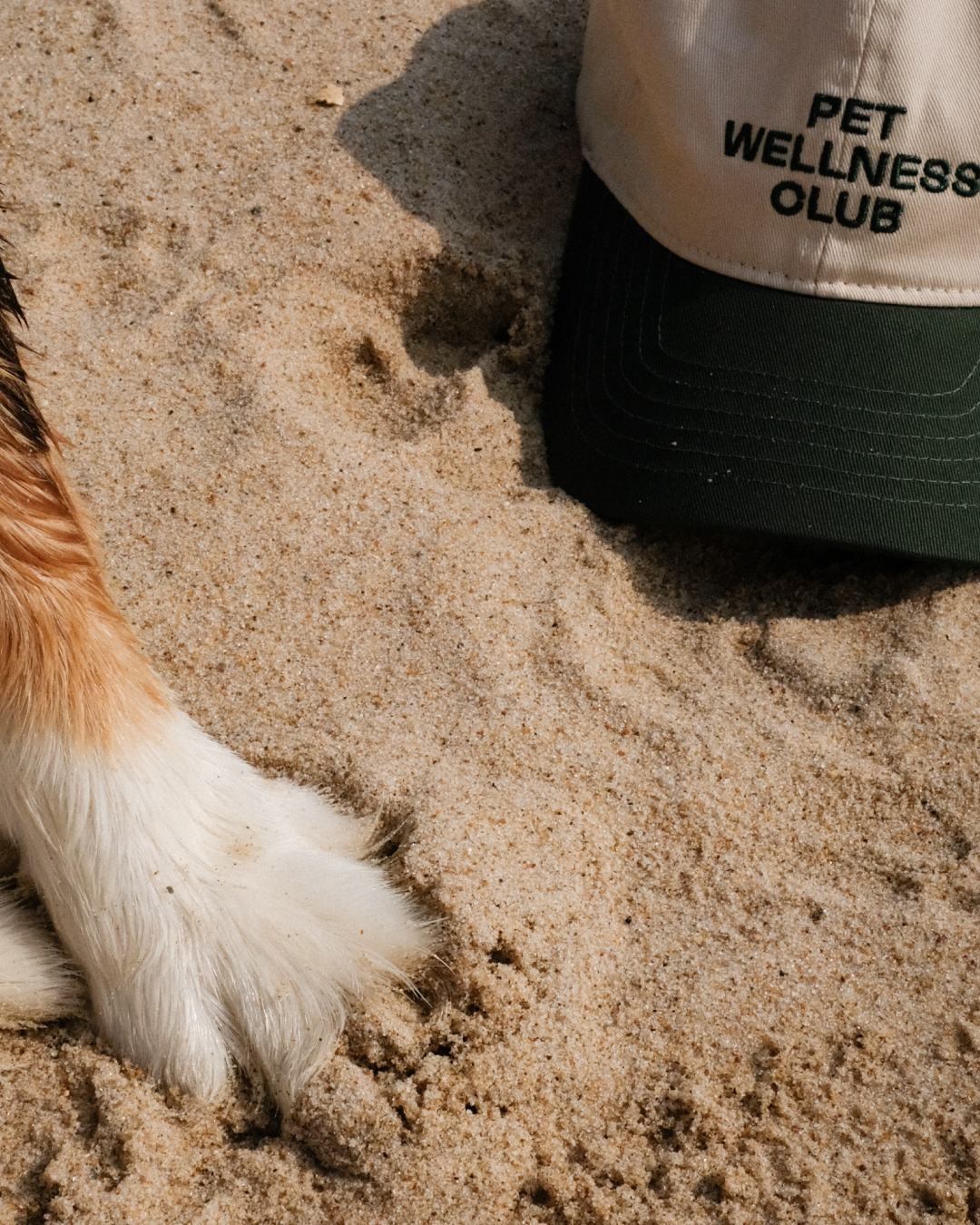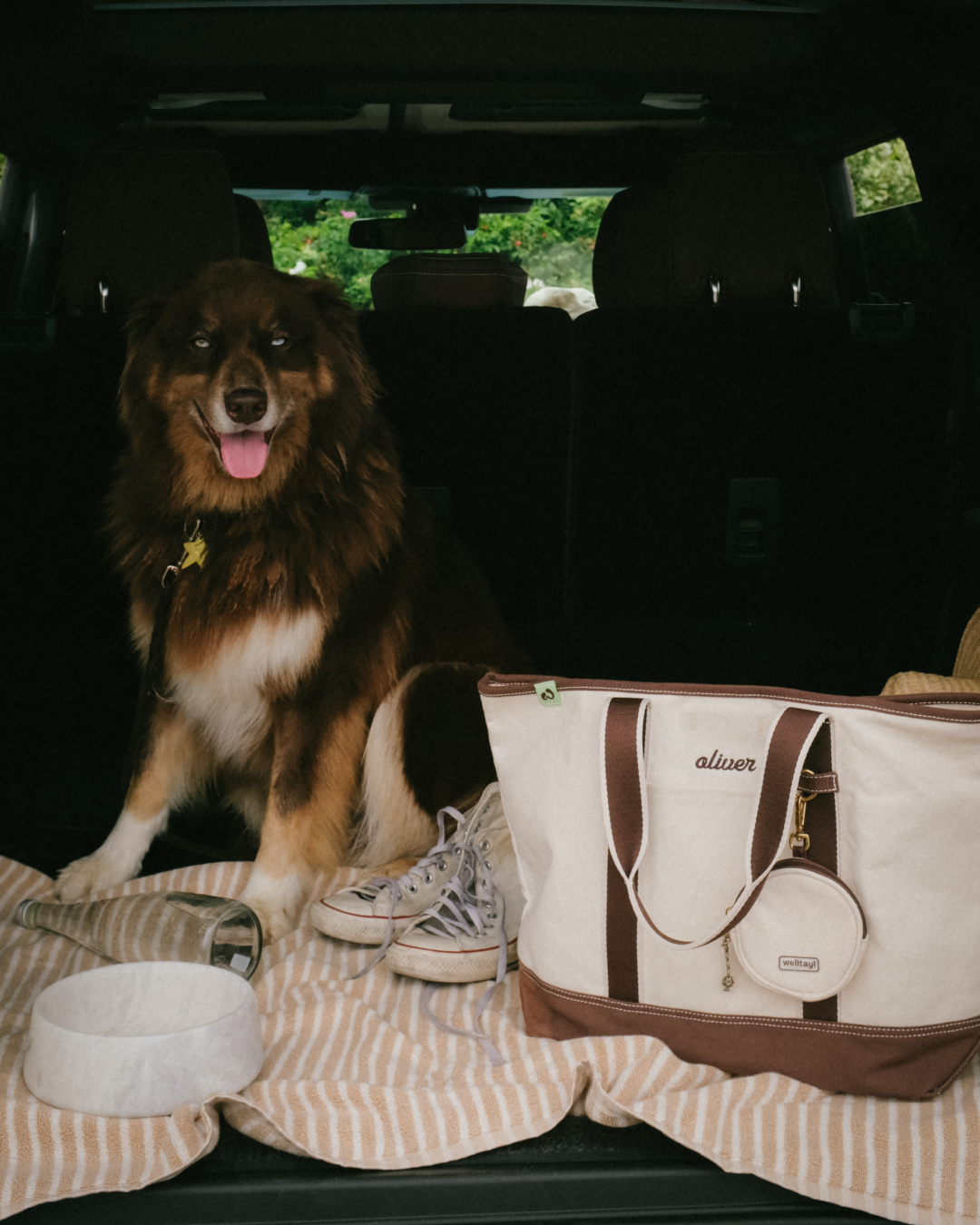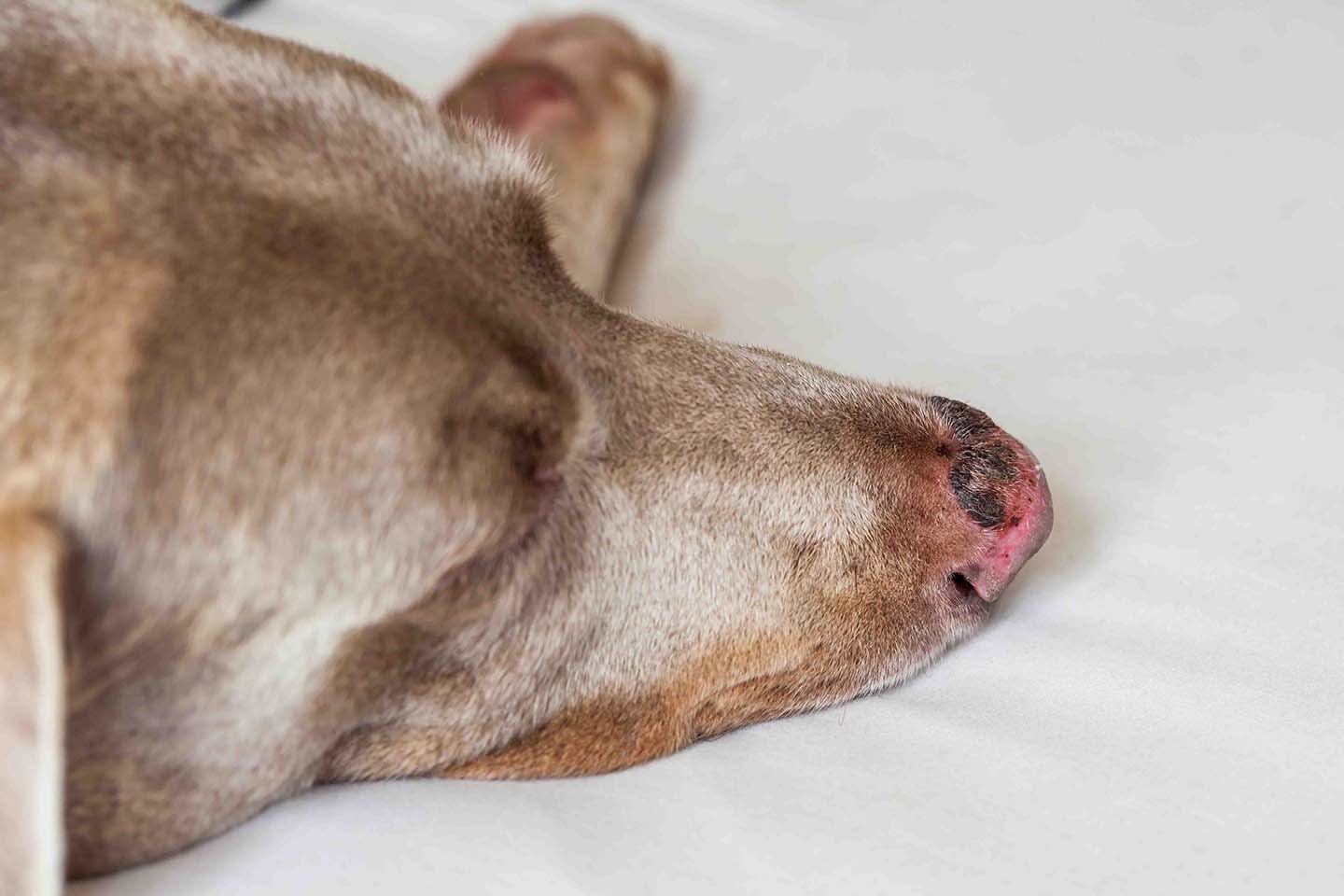Just like us, dogs can get sunburned too! While it might seem surprising, our pets are actually vulnerable to the same harmful UV rays that cause us to turn red and reach for the aloe vera. Some dogs are more at risk, especially those with short or light-colored fur.. It’s important to know how to protect your pet from the sun’s harsh rays to keep them happy and healthy.
You might wonder how you can tell if your dog has had too much sun. Recognizing the signs of sunburn in your dog is crucial, particularly during those long, sunny days of summer. Knowing what to look for can help you take quick action and prevent more serious problems.
Table of Contents:
- Key Takeaways
- Understanding Dog Sunburn
- Identifying Sunburn in Dogs
- Preventing Dogs from Getting a Sunburn
- Treating Sunburn in Dogs
- Conclusion
- Frequently Asked Questions
Key Takeaways
- 🌞 Dogs are Susceptible to Sunburn: Like humans, dogs can suffer from sunburn, particularly those with light or short fur, and those with less pigmentation. It's crucial to recognize the potential harm and protect them from UV radiation.
- 🔍 Symptoms of Sunburn in Dogs: Look for signs like skin redness, sensitivity, dryness, and blisters. The areas with less fur such as the belly, ears, and nose are most vulnerable.
- 🛡️ Prevention Strategies: Use dog-specific sunscreen, provide shade during peak sun hours, and consider UV-protective clothing for prolonged outdoor exposure.
- ⛑️ Immediate Sunburn Treatment: Apply cold compresses or run cold water over affected areas, give oatmeal baths, and use aloe vera to soothe and heal sunburned skin. Avoid your dog ingesting aloe vera as it is toxic to your pet. Keep sunburned dogs indoors to avoid further UV exposure.
- 🏥 When to Seek Veterinary Help: Severe sunburn symptoms such as intense pain, blistering, or signs of general unwellness warrant immediate veterinary attention to prevent complications like infections or systemic issues.
- 👀 Regular Monitoring: Regular checks for any signs of discomfort or changes in the skin and ears will help keep your dog protected from sun damage and ensure their well-being.
Understanding Dog Sunburn
Dog sunburn is a real concern for many pet owners. Like humans, dogs are susceptible to the harmful effects of UV radiation, which can cause skin damage. Knowing the risk factors and breeds most at risk helps you protect your dog more effectively.
Do Dogs Get Sunburn?
Absolutely, dogs can experience sunburn. This condition results from excessive exposure to UV rays, which can damage their skin cells, often in less than an hour if unprotected. Areas with less fur, like the nose, ear tips, and belly, are particularly vulnerable. It's crucial for you to limit their time outside during peak sun hours or implement suitable sun protection measures to minimize their risk.
Risk Factors for Sunburn in Dogs
The potential for sunburn in dogs varies depending on several factors:
- Breed: Certain breeds are more prone to sunburn, especially those with thin or light-colored coats. Examples include Chinese Crested , Dalmatians, and Whippets.
- Skin Pigmentation: Light-skinned dogs or those with less melanin face a higher risk of sunburn.
- Medical Conditions: Dogs with conditions like alopecia or other illnesses leading to thinning hair are more predisposed to sun damage. Chronic skin conditions such as atopic dermatitis can increase sensitivity to sunlight, exacerbating the sun’s harsh effects.

Identifying Sunburn in Dogs
Dogs, much like humans, can suffer from sunburn, especially those with less fur or lighter skin. Recognizing the signs of sunburn in your dog is key to ensuring they remain healthy and comfortable.
Signs and Symptoms of Sunburn in Dogs
Sunburn in dogs typically manifests as reddened, painful skin and may even lead to more severe issues like blistering if the exposure is intense. Look for the following symptoms in your dog:
- Redness: Areas of the skin may appear more red than usual, particularly in thinner haired regions such as the belly or the tips of the ears.
- Painful Skin: Your dog may show discomfort when touched in areas affected by sunburn.
- Dry and Flaky Skin: This often occurs in the aftermath of sun exposure, alongside potential hair loss in the affected areas.
- Blisters, Ulcers, or Cracks: In severe cases, the affected skin areas may develop blisters, exhibit signs of deeper wounds, or become ulcerated.
- Changes in Ear Margin: The tips of the ears might appear dry, cracked, or even slightly misshapen due to damage from UV rays.
If you notice any of these symptoms, it's essential to take immediate steps to treat your dog and prevent further exposure.
When to Consider It an Emergency
Sunburn might seem minor, but it can rapidly escalate into an emergency situation. Seek veterinary care immediately if your dog displays any of the following severe responses to sunburn:
- Extensive Blistering or Skin Ulcers: The presence of large areas of damaged skin increases the risk of infection and indicates severe sunburn.
- Intense Pain: If your dog appears to be in significant discomfort and persistently avoids contact or touch, this could be due to deeper tissue damage.
- Signs of Fever or General Unwellness: Symptoms like lethargy, loss of appetite, or unusually high body temperature alongside sunburn can indicate systemic impacts requiring urgent care.
Protecting your dog from the sun involves using pet-safe sunscreen on vulnerable areas, providing shade, and avoiding sun exposure during peak UV hours. Regular checks for any signs of discomfort or unusual changes in their skin and ears will help keep your pet safe from the harmful effects of the sun.
Don't forget, staying informed is crucial for your pet's wellbeing. Join the Welltayl newsletter to get more useful tips and updates right in your inbox. Click here to subscribe and ensure you’re always prepared to care for your pet effectively.
Preventing Dogs from Getting a Sunburn
Protecting your dog from sunburn is crucial, especially if they have short or light fur. Just as you feel the sting of a sunburn, so can your dog, but you can help keep them comfortable and safe with the right preventative measures.
Suitable Sunscreens for Dogs
Sunscreen for Dogs:
When selecting a sunscreen for your dog, ensure it's specifically formulated for canine use. Human sunscreens often contain zinc oxide or para-aminobenzoic acid (PABA), both of which are harmful to dogs if ingested. Choose a product that’s free from these ingredients and opt for a waterproof, unscented formula with a sun protection factor (SPF) of at least 15.
How to Apply Sunscreen on Your Dog?
You should apply sunscreen to areas where the skin is more exposed, such as the belly, nose, tips of the ears, and the skin around the lips. These areas are particularly vulnerable to sunburn because they often have less fur coverage. It’s crucial to reapply sunscreen every 2–4 hours during outdoor activities, and always after your dog goes swimming.
Sun Safety Habits for Dogs
Implementing a few sun safety habits can immensely reduce the risk of sunburn for your dog:
- Seek Shade: Whenever possible, keep your dog in shaded areas during peak sun hours, typically between 10 AM and 4 PM. This can significantly decrease their exposure to harmful UV rays.
- Sun-Protective Clothing: Consider dressing your dog in lightweight, UV-protective clothing. This is particularly useful for dogs who enjoy lengthy periods outdoors and have thin or light-colored fur.
- Monitoring and Reapplication: Keep an eye on your dog for any signs of discomfort or redness of the skin, which can indicate sunburn. If you're outside for more than a few hours, remember to reapply canine sunscreen as directed.
Treating Sunburn in Dogs
Discovering that your dog has sunburn is concerning, but addressing it quickly can alleviate discomfort and prevent further complications. Here are essential strategies and treatments you need to know.
Immediate Steps and Remedies
If you notice signs of mild sunburn on your dog, such as slight redness or tenderness, taking prompt action can help soothe and heal your pet's skin:
- Apply Cold Compresses: Gently pressing a cold, damp cloth against the affected areas helps cool the skin.
- Oatmeal Baths: Immersing your dog in a lukewarm oatmeal bath reduces irritation.
- Keep Your Dog Indoors: Protect your dog from further sun exposure by keeping them out of direct sunlight until their skin has fully recovered.
These steps will provide relief and assist in the recovery process.
When to See a Vet
Severe cases of sunburn, characterized by blisters, peeling skin, or extreme redness or discomfort, require professional assessment and treatment:
- Seek Veterinary Care Immediately: If your dog exhibits severe symptoms, contact your vet promptly.
- Pain Management: Your veterinarian might prescribe pain relief medications and anti-inflammatory drugs to reduce discomfort and swelling.
One must never administer human pain medication as they could be potentially harmful to your pet. - Protective Wound Dressings: To prevent infection and promote healing, your vet may apply special wound dressings to the affected areas.
It's crucial to take sunburn in dogs seriously as it not only causes immediate discomfort but can also lead to long-term skin issues and increase the risk of skin cancer.
Don’t miss out on more helpful tips and guides! Join our Welltayl newsletter to stay informed and ensure the best care for your furry friend.
Conclusion
Protecting your dog from sunburn is an essential aspect of pet care. By taking proactive steps such as using pet-safe sunscreen and providing ample shade you can ensure your furry friend enjoys the outdoors safely. Remember to watch for signs of discomfort and treat sunburn immediately to avoid complications. Your vigilance can make a significant difference in your pet's health and well-being. Your dog’s health is worth the extra effort!
Frequently Asked Questions
Can dogs wear human sunscreen?
Sunscreen formulated for humans often contains chemicals that can be harmful if ingested by dogs. It is best to use sunscreen specifically designed for pets to ensure it is safe and effective.
What immediate steps should I take if my dog gets sunburned?
If your dog gets sunburned, immediately move them to a shaded area and apply cold compresses to the affected skin. You can also give your dog an oatmeal bath to soothe the skin. Consult your vet if the sunburn seems severe.
How can I tell if my dog has sunburn?
Signs of sunburn in dogs include redness, blistering, or peeling skin, especially in areas with thin or no fur. Your dog might also seem uncomfortable, frequently scratch, or try to lick the affected areas.
What are the risks of sunburn in dogs?
Sunburn in dogs can lead to more serious health issues, such as skin infections and increased risk of skin cancer. It is important to take preventive measures and treat sunburns early to minimize these risks.
Resources:
- “Severe, deep sunburn in dogs," PubMed
- “Effects of UV rays on dogs," PubMed
- “Association between sunburn and skin cancer in dogs," PubMed
- “Sunscreen for dogs," PubMed, PubMed
Read more
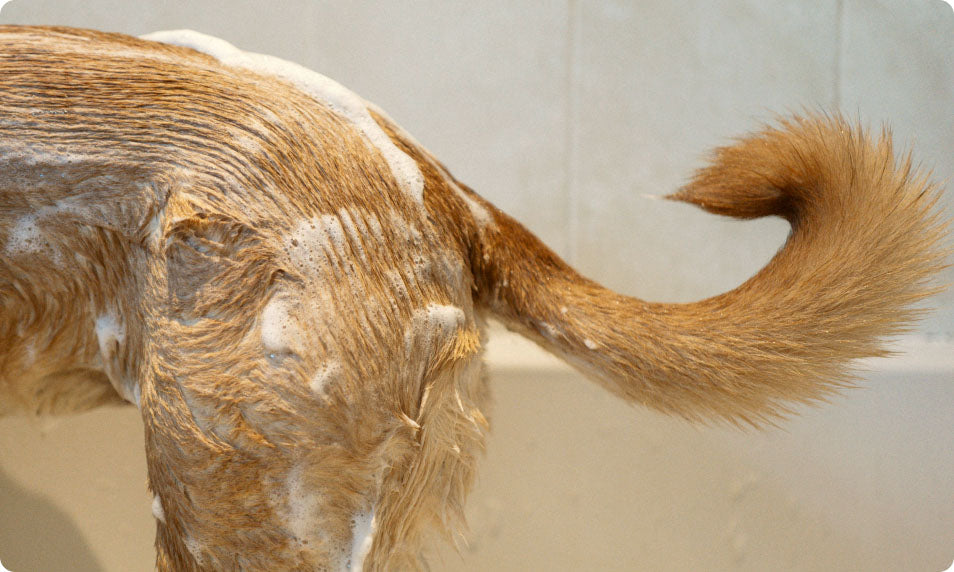
Discover the best dog shampoo that will leave your pet's coat clean, shiny, and smelling fresh. Learn about the different types of dog shampoos and their benefits.

Discover how to achieve a shiny coat for your pet with top nutrition, grooming tips, and vet advice. Keep your pet healthy and glossy with Welltayl.

